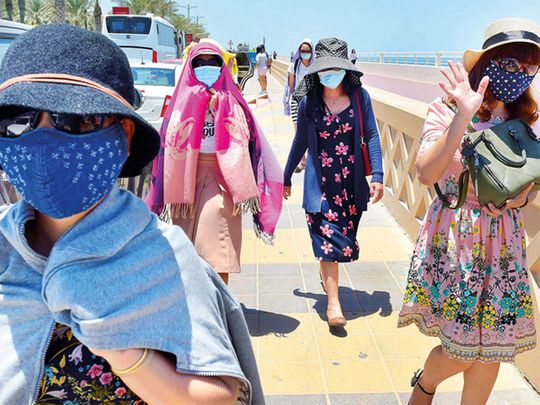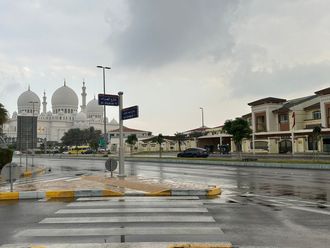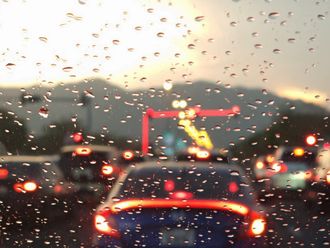
Dubai: Temperature readings across the UAE are currently around 40°C. But, does it feel close to 50°C when you step outdoors?
This is because the ‘heat index’, also called the ‘discomfort index’ across the country is relatively higher today than usual. What does that mean?
We spoke to an expert from the UAE’s National Center of Meteorology to find out.
What is the heat index?
The NCM expert explained that as the temperatures are high across the UAE this month, the heat index or the “feeling temperature” might be higher, depending on the relative humidity.
He said: “Whenever the Relative Humidity (RH) increases, the ‘feeling temperature’ seems higher. The ratio of RH is important in calculating the comfort index, or the temperature felt by the human body when outdoors.
"For example, if the official temperature reading is 40°C and the RH is 20 per cent, outdoor temperature will feel 40°C. However, if RH is 65 or 75 per cent, the outdoor temperature will feel like 45°C or more.”
He added that Relative Humidity will be 50 to 90 per cent by evening today, especially in the coastal areas. Based on today’s RH conditions, the heat index is higher by seven to nine degrees.
An article on The Weather Channel, a global weather website explains how heat index affects the human body.
“When the body gets too hot, it begins to perspire or sweat to cool itself off. When perspiration is evaporated off the body, it effectively reduces the body's temperature. However, when the atmospheric moisture content or humidity is high, the rate of evaporation from the body decreases. If perspiration is not able to evaporate, the body cannot regulate its temperature [easily].”
In other words, the human body feels warmer in humid conditions. The opposite is true when the relative humidity decreases because the rate of perspiration increases. The body feels cooler in arid conditions.
The NCM expert added that the heat index also changes depending on other factors, such as wind speed and air mist. He explained that on days when temperatures are high but the weather is windy, it might not feel as hot.
When does RH increase in the UAE?
He also explained when and how Relative Humidity increases in the UAE – especially in July, when the mean maximum Relative Humidity usually ranges between 64 to 81 per cent.
“Relative Humidity increases when there are Northwesterly winds. These winds from the northern direction, pass over the Arabian Gulf, take moisture from there, and bring it to the coastal parts of the country, and then to internal areas.
“Relative Humidity tends to increase during the night and early morning. When the wind condition is calm, it results in fog or mist. Tomorrow and the day after (July 4 and 5), fog or mist formation is expected due to high relative humidity.”
Even though humidity is higher at night, the temperature decreases during nighttime. So, the discomfort index is lower, he explained.











